
What is Bitcoin? How to mine Bitcoin or BTC?
Under the pseudonym Satoshi Nakamoto, an anonymous individual or group of individuals established the decentralized digital money known as Bitcoin in 2009.
Check Page Contents
ToggleBeing a cryptocurrency, it controls the creation of units of currency and verifies the transfer of funds through the use of encryption mechanisms.
It has since turned into the most notable digital currency on the planet. Its ubiquity has enlivened the improvement of numerous other digital currencies.
These contenders either endeavor to supplant it as an installment framework or are utilized as utility or security tokens in other blockchains and arising monetary innovations.
Not at all like government-issued money, Bitcoin is made, disseminated, exchanged, and put away utilizing a decentralized record framework known as a blockchain.
BTC and its record are gotten by evidence-of-work (PoW) agreement, which likewise gets the framework and confirms exchanges. It can be bought through different cryptographic money trades.
It can be transmitted between people directly and without the use of middlemen, operating independently of a central bank. We shall examine the background, operation, advantages, and disadvantages of Bitcoin in this blog post.
Domain registration of Bitcoin?

In August 2008, the area name Bitcoin.org and bitcoin.com was enrolled. Today, at any rate, this area is WhoisGuard Safeguarded, meaning the character of the individual who enlisted it isn’t public data.
History of Bitcoin
Although the idea of digital currency had been around for a while, Bitcoin was not founded until 2009. The idea of a peer-to-peer electronic cash system was first presented in a whitepaper published by Satoshi Nakamoto, the alias used by the person or people who created it.
The whitepaper proposed the use of a decentralized network to verify and process transactions without the need for intermediaries such as banks.
Originally, only a tiny number of members of the cipher punk community had access to the concept of Bitcoin. Programmer and early adopter of Bitcoin Hal Finney transacted the first BTC transaction on January 12, 2009, with Satoshi Nakamoto.
The first block of the Bitcoin blockchain, called the genesis block, was mined by Satoshi Nakamoto on January 3, 2009.
Initially, enthusiasts and tech-savvy people were the primary users of Bitcoin. On the other hand, its acceptance by the general public increased quickly. Bitcoin is now widely utilized as an investment vehicle, a store of wealth, and a method of payment.
How Bitcoin Works?

Bitcoin processes and verifies transactions via a decentralized network of computers known as nodes. A transaction is broadcast to the network when a user sends BTC to another user, and the nodes verify it.
The transaction is included in a block of transactions and added to the blockchain once it has been confirmed.
A public record of every Bitcoin transaction ever made is kept on the blockchain. On the network, transactions are validated and blocks of chains are formed.
Bitcoin miners utilize powerful computers to solve mathematical puzzles. New bitcoins are awarded to the first miner to solve the puzzle and validate the transaction.
The total amount of BTC that can be created is limited to 21 million. This cap, which is anticipated to be reached in 2140, is intended to ward off inflation and guarantee that the price of Bitcoin doesn’t fluctuate over time.
First Bitcoin Block
On Jan. 3, 2009, the main Bitcoin block was mined — Block 0. This is otherwise called the “beginning block” and contains the message: “The Times 03/Jan/2009 Chancellor on verge of second bailout for banks,” which may be evidence that the block was mined on or after that date.
BTC Rewards and halving
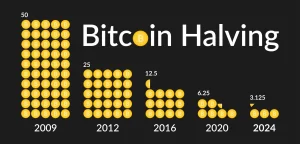 Bitcoin rewards split each 210,000 blocks. For instance, the block reward was 50 new bitcoins in 2009. On May 11, 2020, the third splitting happened, bringing the compensation for each block disclosure down to 6.25 bitcoins. The next halving set is estimated to take place on 23rd April 2024 and carries the prize of 3.125 bitcoins.
Bitcoin rewards split each 210,000 blocks. For instance, the block reward was 50 new bitcoins in 2009. On May 11, 2020, the third splitting happened, bringing the compensation for each block disclosure down to 6.25 bitcoins. The next halving set is estimated to take place on 23rd April 2024 and carries the prize of 3.125 bitcoins.
Blockchain Technology and its use in Bitcoin
The Blockchain
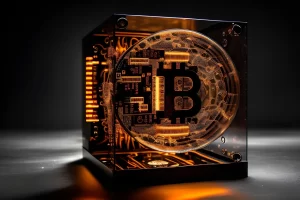 Cryptographic forms of money are essential for a blockchain and the organization is expected to influence it. A blockchain is a disseminated record, a common data set that stores information. The information inside the blockchain is obtained by encryption techniques.
Cryptographic forms of money are essential for a blockchain and the organization is expected to influence it. A blockchain is a disseminated record, a common data set that stores information. The information inside the blockchain is obtained by encryption techniques.
At the point when an exchange happens on the blockchain, data from the past block is duplicated to another block with the new information, scrambled, and the exchange is confirmed by validators — called diggers — in the organization.
At the point when an exchange is confirmed, another block is opened, and a Bitcoin is made and given as a prize to the miner(s) who checked the information inside the block — they are then allowed to utilize it, hold it, or sell it.
Exchanges are set into a line to be approved by diggers inside the organization. Diggers in the Bitcoin blockchain network all endeavor to all the while checking a similar exchange. To settle on the nonce—a four-byte value stored for the block header—mining software and hardware are employed.
The block header is hashed, or haphazardly recovered by a digger over and over until it meets an objective number indicated by the blockchain. The block header is “settled,” and another block is made for additional exchanges to be encoded and checked.
Bitcoin’s use of Encryption
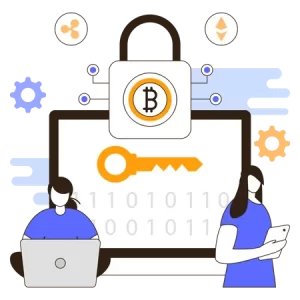 Bitcoin utilizes the SHA-256 hashing calculation to scramble the information put away in the blocks on the blockchain. Exchange information put away in a block is encoded into a 256-digit hexadecimal number. That number contains all the exchange information and data connected to the blocks before that block.
Bitcoin utilizes the SHA-256 hashing calculation to scramble the information put away in the blocks on the blockchain. Exchange information put away in a block is encoded into a 256-digit hexadecimal number. That number contains all the exchange information and data connected to the blocks before that block.
How Bitcoin are Mined?
 BTC can be mined using a range of hardware and software combinations. When BTC was first published, miners could compete to solve the hash on a single computer; but, as the network grew in popularity, more miners joined, decreasing the likelihood of being the one to solve the puzzle.
BTC can be mined using a range of hardware and software combinations. When BTC was first published, miners could compete to solve the hash on a single computer; but, as the network grew in popularity, more miners joined, decreasing the likelihood of being the one to solve the puzzle.
If your computer has more recent technology, you can still utilize it as a miner, but your odds of solving a hash on your own are quite slim.
This is because a network of miners is competing with you, producing roughly 444 quintillion hashes (444 exa hashes), or random number generation, per second. Up to 335 trillion hashes can be produced every second by devices known as Application Specific Integrated Circuits (ASICs), which were created expressly for mining.
Conversely, a computer equipped with state-of-the-art hardware hashes around 100 megahashes per second, or 100 million.
To mine BTC successfully, you have a few choices. You can join a mining pool and run Bitcoin-compatible mining software on your current PC. There are several mining programs to choose from and many pools you can join.
ASIC miners are also available for purchase. A new one would usually set you back about $10,000, but as miners upgrade their systems, they also sell used ones. Buying one or more ASICs will come with some substantial costs, like cooling and electricity.
How to Buy Bitcoin?
Using a cryptocurrency exchange, you can purchase Bitcoin if you wish to invest in it or acquire it. The cost of BTC prevents most people from buying the whole amount, but you can use these exchanges to buy chunks of Bitcoin with fiat money like US dollars.
For instance, you can open an account and fund it to purchase a bitcoin on Binance or Coinbase. Credit cards, debit cards, or bank accounts can all be used to fund your account.
You need to have a cryptocurrency wallet to use your Bitcoin. Wallets serve as your interface with the blockchain and are capable of storing your Bitcoin’s private keys, which you need to enter to complete a transaction. Many businesses, retailers, and stores accept Bitcoin as payment for goods and services.
Risks of Investing in Bitcoin
 Due to its recent sharp price increase, BTC has attracted the attention of speculative investors. On December 31, 2019, the price of bitcoin was $7,167.52. A year later, it had increased by more than 300% to $28,984.98.
Due to its recent sharp price increase, BTC has attracted the attention of speculative investors. On December 31, 2019, the price of bitcoin was $7,167.52. A year later, it had increased by more than 300% to $28,984.98.
It kept rising during the first half of 2021, reaching a record high of $68,990 in November of that year. Over the following several months, it steadily declined to hover around $40,000. Its price continues to swing significantly, as previously noted.
Regulation of Bitcoin
It has been challenging to regulate BTC, as with any new technology. While attempting to regulate Bitcoin, the current administration treads carefully so as not to stifle a sector that is expanding and producing economic benefits.
The US president, Joe Biden, has declared that he will work to stop the unauthorized use of Bitcoin while simultaneously encouraging its growth. The United States has concentrated especially on controlling cryptocurrencies and their illicit use abroad.
This includes imposing sanctions on cryptocurrency exchanges and wallets, as well as retrieving payments made with Bitcoin to criminals. The regulatory landscape will evolve along with Bitcoin and the cryptocurrency sector, resulting in numerous legislative changes over time.
Is Investing in Bitcoin a Good Idea?
The brief history of Bitcoin investing is marked by extremely erratic price swings. Your financial profile, investing goals, risk tolerance, and portfolio will all determine if an investment is a good fit for you. Before making an investment in cryptocurrencies, you should always seek guidance from a financial expert to be sure it is appropriate for your situation.
What Is the Time Required to Mine a Single Bitcoin?
The mining network needs ten minutes on average to validate a block and produce the reward. 6.25 BTC is the Bitcoin payout for each block. This means that mining one BTC will take roughly 96 seconds.
How is Bitcoin a new kind of money?
BTC is used worldwide. It is as simple to transmit across the globe as it is to make a cash payment in the real world.
The bitcoin is non-reversible. In the same way that currency cannot be returned, neither can transactions made with Bitcoin. By contrast, because credit cards, traditional Internet payment methods, and banking rely on centralized middlemen to execute transactions, they cannot be reversed once a payment has been completed, sometimes months after the original transaction.
The security of BTC is guaranteed. BTC payments are inherently more secure than traditional debit/credit card transactions because of the cryptographic structure of the BTC network. It is not necessary to send any sensitive information over the internet while completing a bitcoin payment.
BTC is private and kept secret. There are no bank statements or extra personal details to give the retailer when using Bitcoin to make a payment.
Bitcoin is accessible. On the BTC network, every transaction is available to the public without exception. This implies that altering the BTC supply or manipulating transactions is not possible (except from a very improbable 51% assault scenario).
Bitcoin is secure. The BTC network has been around for more than ten years, and no hack has ever been successful on it. Furthermore, innumerable computer scientists and cryptographers have been able to investigate every facet of the network and its security because the system is open-sourced and permissionless.
Pros & Cons of Bitcoin use
Benefits of Bitcoin
- Decentralization: Since BTC doesn’t rely on a bank or central authority to function, it is not subject to the same laws and restrictions that apply to conventional currencies. Because of its decentralization, BTC transactions may now be completed anonymously and at a lower cost because of the lack of middlemen.
- Security: Bitcoin protects transactions and stops fraud by using encryption techniques. After a transaction is added to the blockchain and validated by the network, it cannot be removed or changed. Transactions using BTC are therefore more secure than those using other payment methods.
- Anonymity: Bitcoin offers a high level of anonymity even though transactions are not entirely anonymous. Users of BTC are uniquely recognized by their digital addresses, and all transactions are recorded on the blockchain without disclosing any personal data.
- Lower transaction fees: Unlike traditional payment methods, BTC transactions are completed without the need for middlemen, which lowers transaction fees. Because of this, BTC is a desirable choice for companies and people who want to reduce their transaction costs.
Drawbacks of Bitcoin
- Volatility: Due to its high volatility, the value of bitcoin is known to change drastically over brief periods. Because of this, investing in it is risky for anyone trying to protect their wealth.
- Acceptance: Even though Bitcoin has become more well-known in recent years, not all retailers and companies still accept it. This makes utilizing BTC as a payment method less feasible.
- Regulation: Government regulation of Bitcoin is hampered by its decentralized structure, which may result in legal and regulatory confusion. Businesses and people wishing to invest in BTC may be discouraged by this.
If you are interested in mining Pi Network from your mobile device you can earn a free Pi coin every day by clicking here.
Conclusion
BTC is a ground-breaking technology that could alter the way we view money and transactions. Because of its decentralized structure, encryption methods, and reduced transaction costs, it is a desirable choice for both individuals and enterprises.
It is also safe and private because of its independence from centralized agencies. But there are still obstacles to be solved, including Bitcoin’s volatility and lack of broader adoption. As it develops and becomes more widely used, BTC is an intriguing and promising technology that is interesting to observe.
Author

About Azahar Hussain
Myself Azahar Hussain , a Digital Marketing and SEO Specialist and Founder at Dewbytes, helping businesses across Assam and the North-eastern states grow their online presence with clear, data-backed strategies. With experience in website optimization, Google ranking, and local business visibility, he focuses on simple, practical solutions that bring measurable results.
I works closely with brands to improve search performance, build strong digital identities, and generate sustainable leads through SEO, content strategy, and targeted advertising. His approach is straightforward: understand the business, analyze the audience, and plan campaigns that deliver long-term growth rather than quick, temporary spikes.
At Dewbytes, my work supports clients from small local businesses to large growing brands, ensuring each one gets personalized attention and reliable support.
Contact
- Phone: +91 7002763122
- Email: azrarn786@gmail.com
- LinkedIn: www.linkedin.com/in/azahar-hussain-819706186
Consultation & Support
If you require guidance on SEO strategy or digital brand development, feel free to get in touch. I am available for consultations and professional support based on project scope.

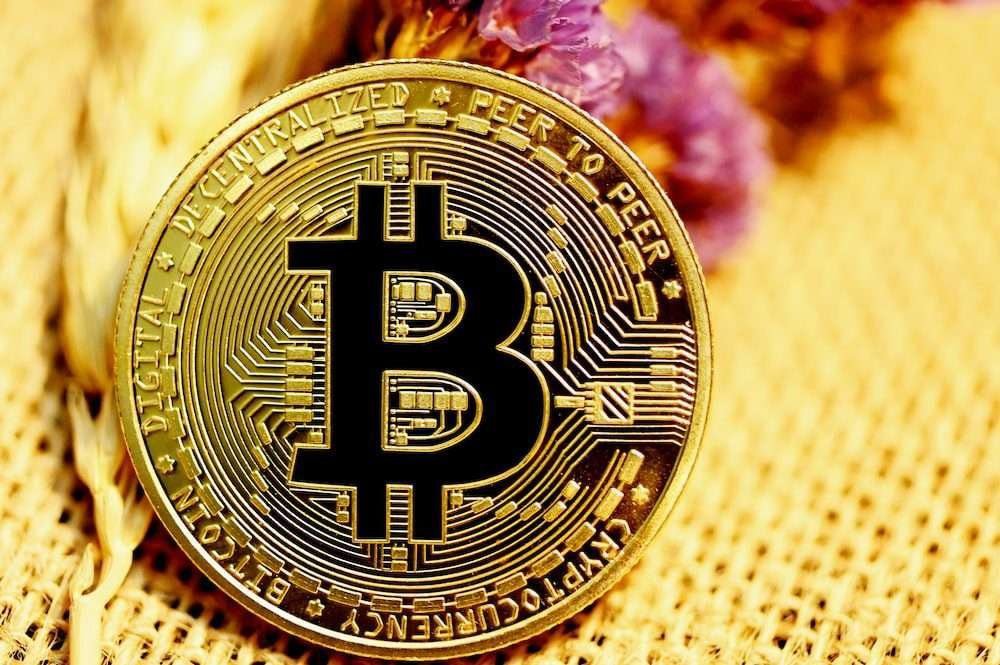



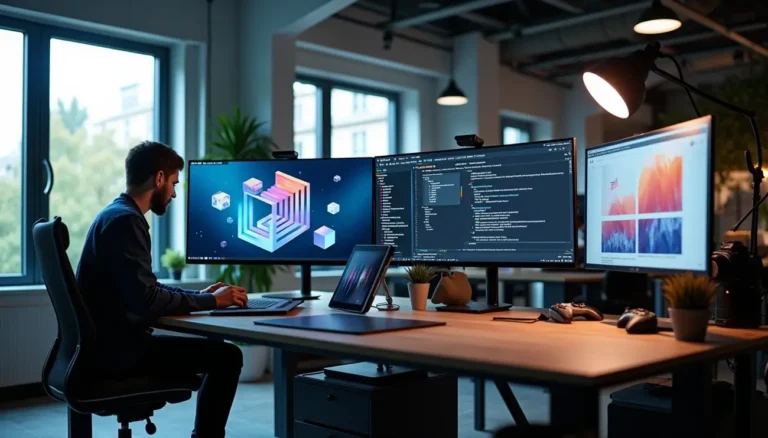

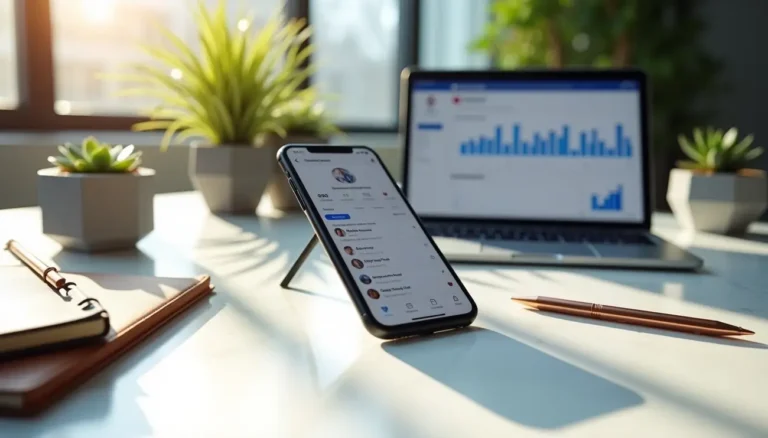
7 thoughts on “What Is Bitcoin? Top Platforms to Buy, Mine, and Use Safely.”
Your point of view caught my eye and was very interesting. Thanks. I have a question for you.
I don’t think the title of your article matches the content lol. Just kidding, mainly because I had some doubts after reading the article.
Your point of view caught my eye and was very interesting. Thanks. I have a question for you.
Your point of view caught my eye and was very interesting. Thanks. I have a question for you.
Can you be more specific about the content of your article? After reading it, I still have some doubts. Hope you can help me.
Thank you for your sharing. I am worried that I lack creative ideas. It is your article that makes me full of hope. Thank you. But, I have a question, can you help me?
Thanks for sharing. I read many of your blog posts, cool, your blog is very good.